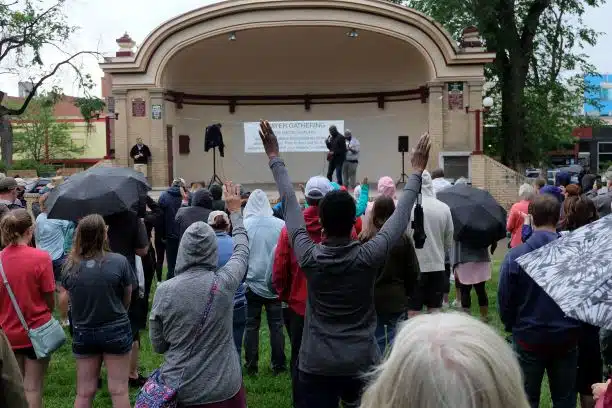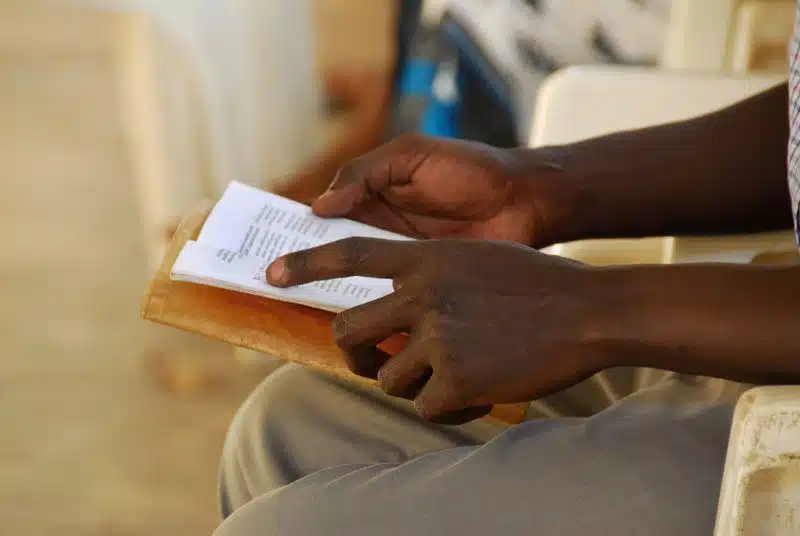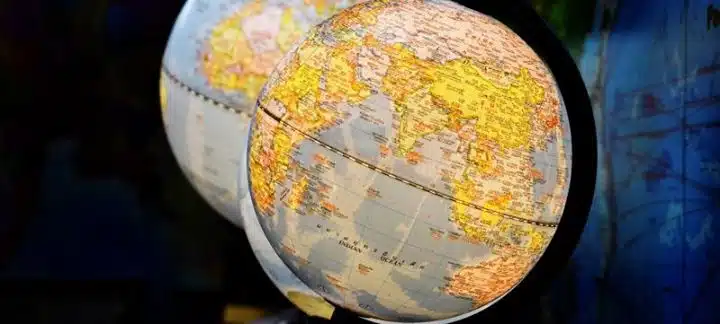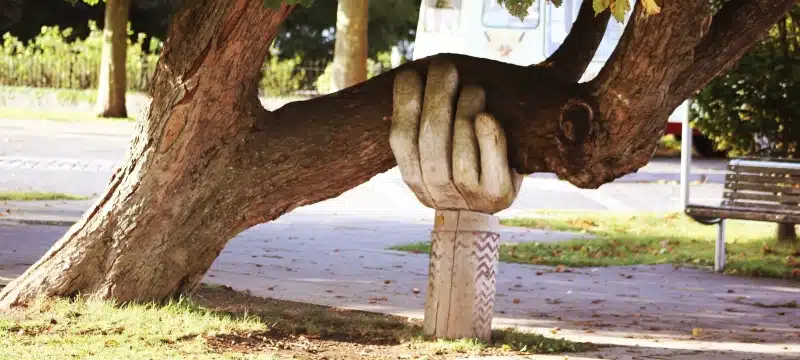National African American Missions Conference Report – Day 3


The missionary of tomorrow will likely be an African American, could be a virtual missionary working from his or her living room and will be part of an increasingly multiculturally unified movement to bring the Gospel to unreached people. This missionary may also need to be equipped to address trauma and complex identities in the people they serve. But the involvement of more diverse missionaries could be healing for all. That’s the vision cast by speakers and experts at the final day of the online National African American Missions Conference that drew attendees from 47 countries.
The combination of the virtual revolution created by COVID-19 and the worldwide recognition of injustices against African Americans has created an environment in which African Americans are hearing from those around the world who care about them, said Patricia Bailey, renowned missions strategy consultant. And she hopes it’ll spur African Americans to venture out into that world as missionaries to return that care.
“As far as mobilizing African Americans, the attention to injustices toward a particular marginalized group, (has) turned attention to that group in a way to wake them upand wake up the world that they do exist,” Bailey said. “I’m talking about waking up African Americans to their purpose, to their identity. In this age of technology and social media…different ethnicities around the world…woke up African Americans to say, ‘They care about us in Iran. They’re marching in Greece. There’s more of a world outside of us than just in inner city Chicago.’”
Right now, less than 1 percent of missionaries are African Americans, said Pastor and NAAMC Director Adrian Reeves. But the conference speakers believe that the future not only should but must include more of them, in a way that speaks to the unity and inclusivity of the Gospel.
Churches and mission organizations must get creative as a result of the changes that the global pandemic is bringing, said Sherry Thomas, a missionary, speaking from her place of service in Mali. They must also listen to how God is leading in this next season of change.
“It will not be the same as it was last year,” Thomas said. “This is different. We haven’t seen this.”
One way to do that was mentioned in response to Reeves’ question to a panel of missions experts about the current racial tensions.
“We have a race tension that is elevated right now,” Reeves told the panel. “Will the church lead a revelation of healing? In 10 years, will blacks still worship only with blacks, whites only with whites?”
“The church that is a building might be divided on Sunday morning, but doesn’t have to be divided on the Internet or in missions, Bailey answered.
She cast a vision for people to continue to cross cultural and racial boundaries online. Bailey also coined the term “e-missions” and said the possibility of virtual missionaries reaching other cultures through the Internet is happening and will continue to happen. But the church must be intentional about using technology that has been exploited for such things as pornography or racial division, to use it to show the unity that missions brings.
“We’re endeavoring to show a picture to the world of a unified church, a unified body,” she said. “Everything that is (on You Tube and Instagram) is showing hate and division.”
“We almost in the church have rejected technology,” said Reeves. “Pastors have called it the one-eyed devil. We’ve given the world this advantage. Some churches have even shut down ministry because they weren’t prepared to step into a time when you (can’t) leave your house to do ministry.”
Pastors are big influencers in African American communities, Reeves said, and have an opportunity to encourage a missional mindset.
“My parents raised me in the church,” Reeves said. “I was 27 years old when I went to a church that wasn’t mine. It was a message on missions. I asked myself, ‘how was I in church all my life and I never heard a message on missions?’ When we’re reimagining missions, will the church make missions a major message as opposed a department for a few?”
Pastors have a problem to solve: how to create unity within the church and across races, said Ray Charles, leadership coach. NAAMC’s virtual
“No one reimagines anything without first deciding what is the problem that has not been solved before” Charles said. “The problem is, we have not come together as one. In John, it says that they will be one. It is being done at NAAMC all week this week.”
In the closing session, Bruce Johnson, recently retired president of SIM, said that NAAMC has been leading the way in that unity for years, since its founder Bishop David Perrin cast the vision nine years ago to provide a place for African Americans to engage with missions. Not only is NAAMC coming alongside black missionaries serving overseas, but their efforts have led to more African Americans being welcomed onto leadership and board positions in Christian nonprofits and the conference went from having two or three sponsors to now having 30.
“Can you imagine what God’s going to do over these next nine years?” Johnson said. “Hang onto your hat.”
Missionaries have a big task ahead of them. They are entering into places where trauma and identities struggles are prominent. And they need to be equipped in how to address trauma, first, before they can make disciples, said Robin Harris workshop speaker and president of the Global Ethnodoxology Network. Her workshop, titled “Addressing Crisis in Ministry and Missions Through Ethnodoxology” talked about how art can be used to heal and work through ethnic identity issues by encouraging people to notice their culture’s strengths and express their hopes.
“Generational trauma with racism is huge,” she said. “Until we address this, we are not going to be doing missions like we should be doing missions.”
That means that future missionaries themselves need to heal and use their own story of pain, said Christian Hicks, who helped with the conference’s online children’s program.
“Whether they have relationship issues, life issues, faith issues, don’t see it as a period,” he said. “See it as a comma. Don’t deprive God of the opportunity to save your life. But allow God to use it to save others’ lives.”
Recorded workshops will be put up on NAAMC’s Web site soon.
This article is submitted by Rebecca Hopkins of Paraclete Mission Group. Paraclete Mission Group is a Missio Nexus member. Member organizations can provide content to the Missio Nexus website. See how by clicking here.




